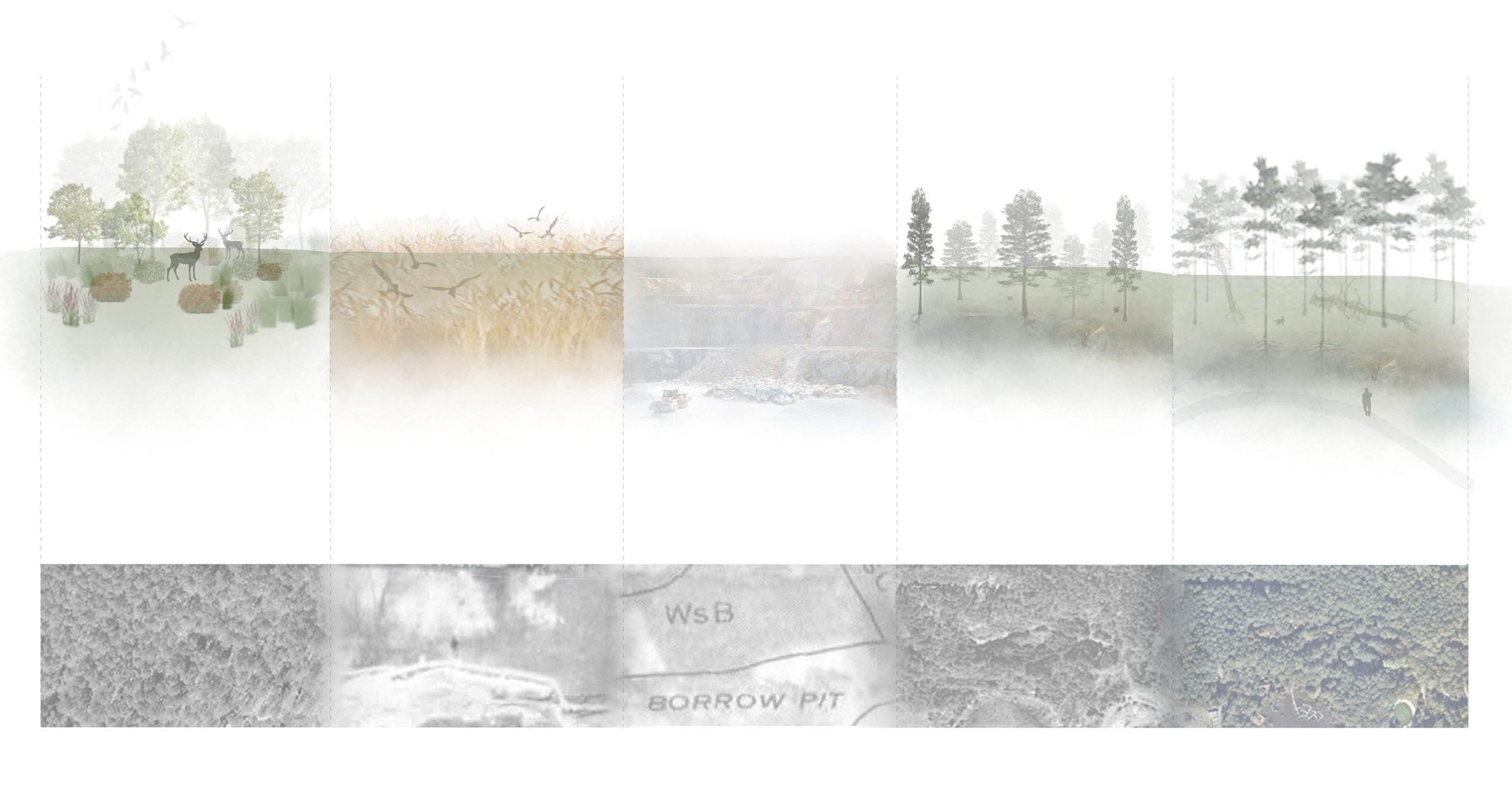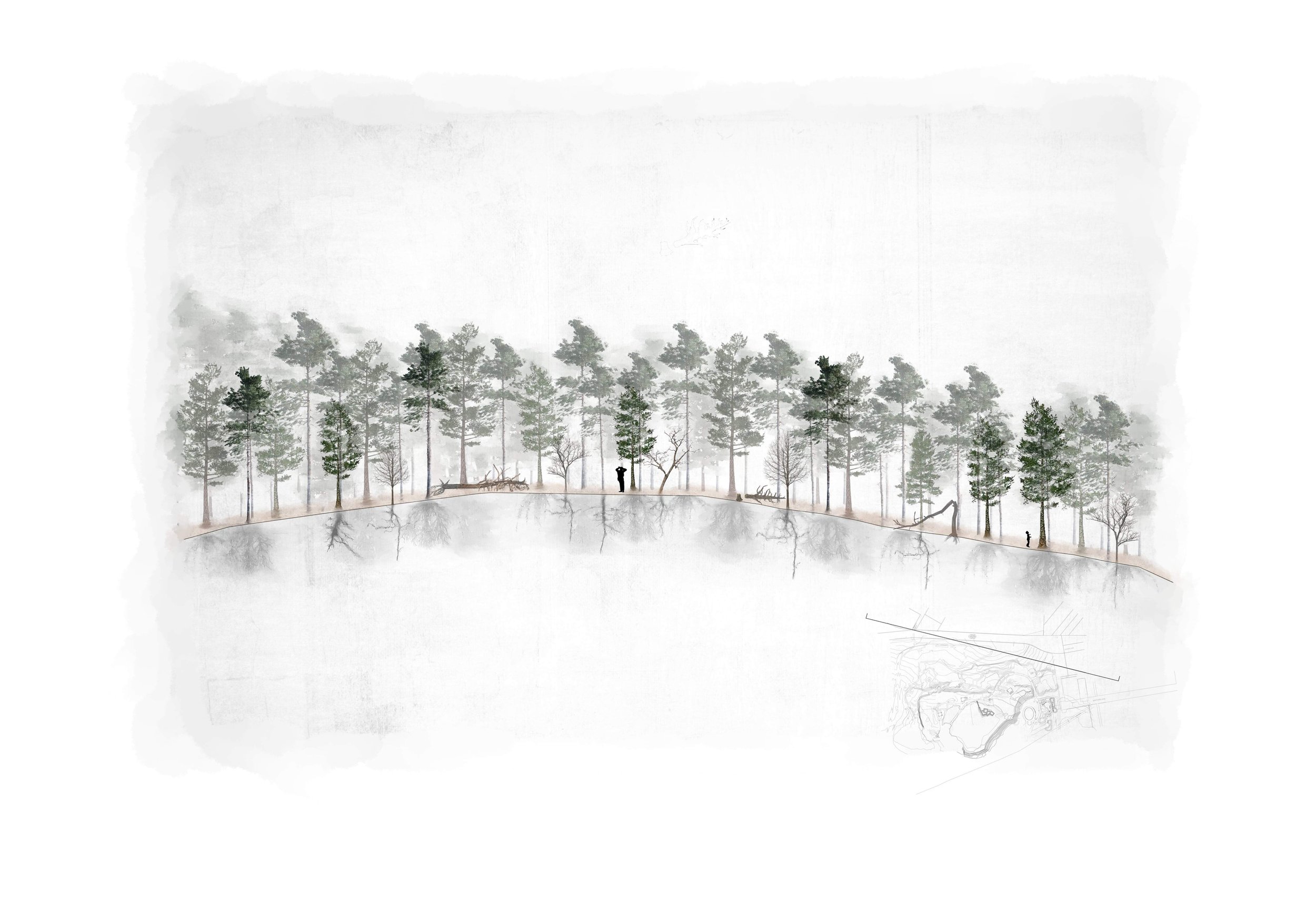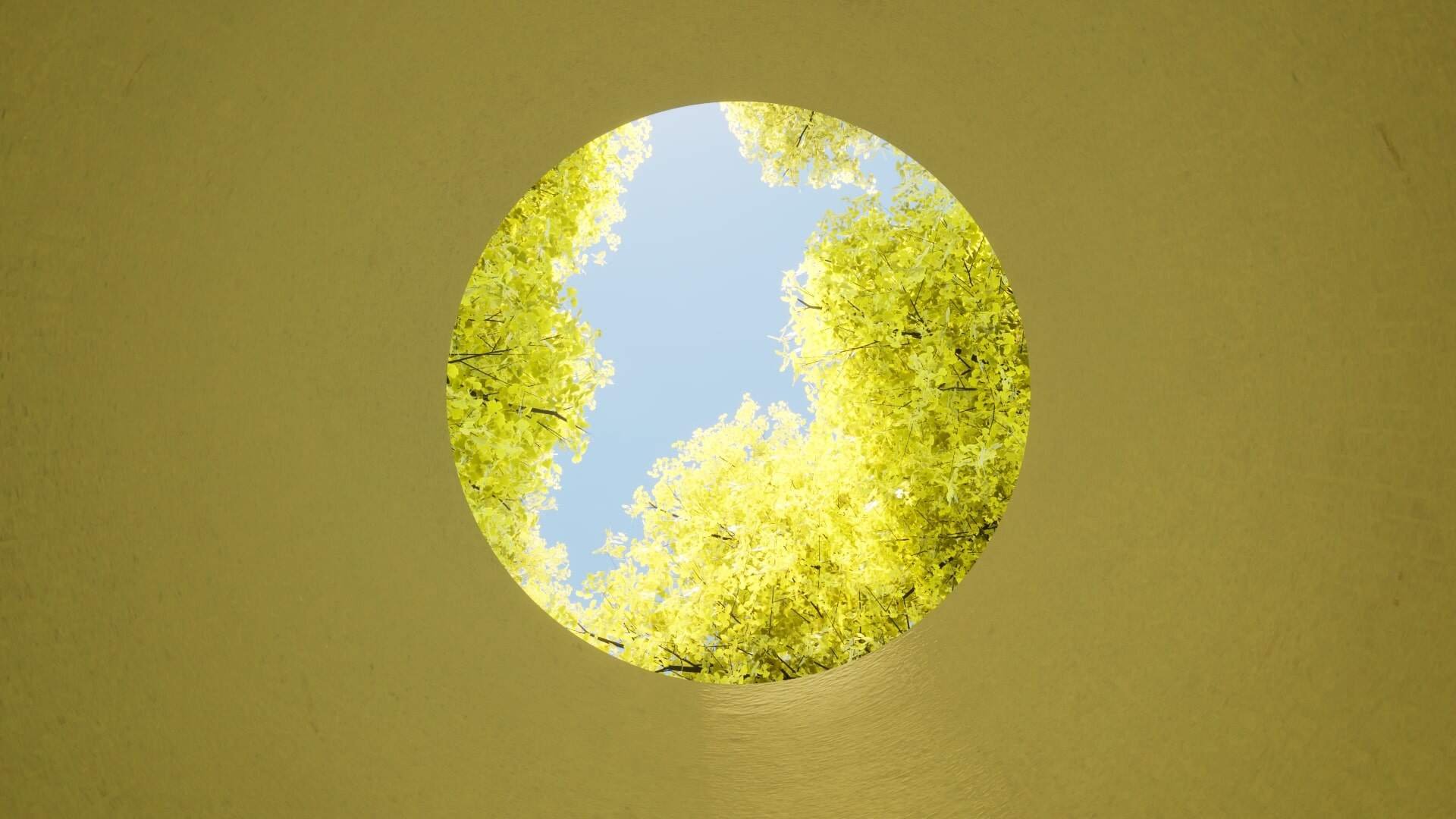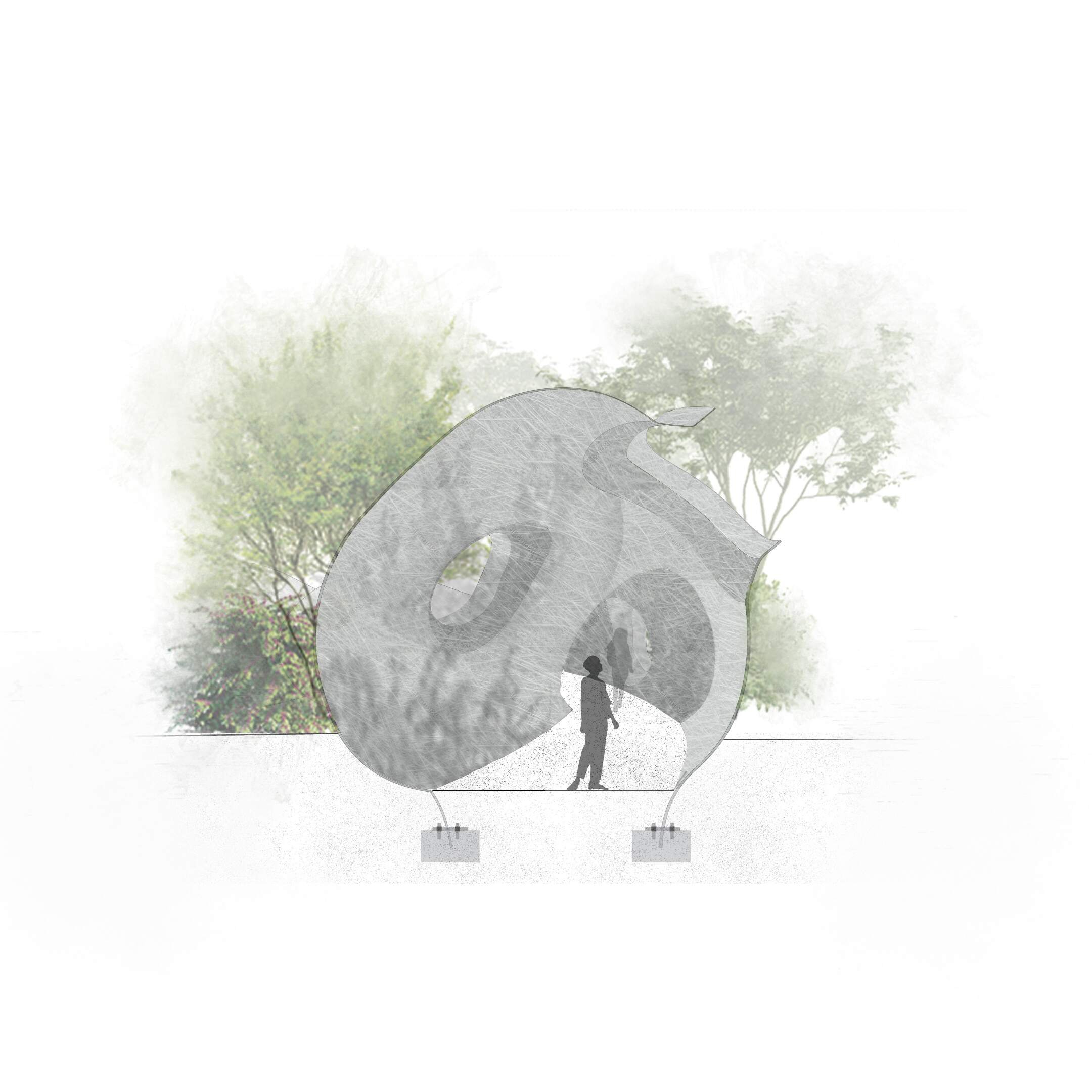Native Ecologies Learning Lab
ARC 202
NCSU College of Design
Spring 2023
The work on this page was completed by undergraduate students in their second year of study at the North Carolina State University College of Design.
1
In the broader architecture curriculum, this sophomore studio is intended to introduce students to site analysis and response. As the studio title suggests, students investigated native ecologies of the Triangle, the broader North Carolina Piedmont, and the Triassic Basin within which their site was located.
The sophomores began by studying the analytical work of graduate-level students in the Naturotectonics course, advancing their research by producing diagrammatic studies of the various design strategies employed in each precedent project.
2
Students were then given their project brief - to design landscape + planting plans, ecological outlook diagrams, a series of pavilion-like interventions throughout the landscape, and a small classroom on a large unused site within the Museum of Life and Science campus in Durham NC.
Aided by lectures and workshops from practicing landscape architects, native plantings experts, and educators on ecologies of North Carolina, students developed a breadth of knowledge concerning appropriate plantings and landscape design strategies for the particular challenges and opportunities of their site. Using this information, each student crafted a set of concepts for the planning of their landscapes, plantings, and architectural interventions on the site.
Having established planting and masterplans, students began designing their learning “lablets” - small architectural interventions throughout the landscape providing a moment of pause for children and families to observe the native ecologies present on the site - and learning “labs” - small classrooms for 10-15 students or 4-5 families. Students used a highly iterative process to develop the language of their lablets, laboring over how they touched the ground, their ecological impact, and creating experiences that were both educational and playful for museum visitors.
A selection of student work is featured below.
-
ARC 202 studios investigate the relationship between the environment and built form.
In this course, the students will learn about the concepts of site and environment in architecture and explore ways in which one can examine such concepts and develop responses to such constructs. As the students learn to measure and map the idea of environment, from the global to local scales, through their analysis of constructed contexts, climate, solar orientation, topography, vegetation, history, memory, and human needs and experience, they will also continue to develop their knowledge of architectural conventions of communication through drawings and models.
-
1 _ Develop a rich knowledge of flora and fauna of the North Carolina Piedmont;
2 _ Demonstrate an ability to design plans for landscapes and exterior spaces;
3 _ Design architectural interventions that are both sensitive and responsive to their natural contexts;
4 _ Develop the ability to critically translate ideas into architectural form and space, advancing design intentions through an iterative process that is well documented.
-
Students
Alexandra Garcia
AK Stipanov
Cherise Hinkel
Cindy Torres-Ziencik
Cole Wesson
Julie Powers
Lexzie Hallman
Saakshi Patel
Shelley Anderson
Simran PatelTaylor Cannon
Valerie LiProfessor
Jake Heffington
sounds of a native ecology _ Saakshi Patel
playful portals _ AK Stipanov

ecology diagram _ AK Stipanov

planting list _ AK Stipanov

ecology diagram _ Simran Patel

landscape concept diagram // history + memory _ Simran Patel

site analysis // section _ Lexzie Hallman

lablet section _ Cole Wesson

canopy lablet perspective _ Cole Wesson

lablet concept sketches _ Saakshi Patel

lablet section _ Saakshi Patel

lablet section _ AK Stipanov

lablet section _ Taylor Cannon

lablet perspective _ Simran Patel

woodland lablets _ Alexandra Garcia

landscape vignette _ Shelley Anderson